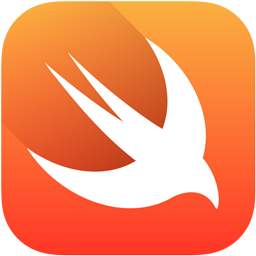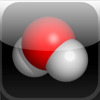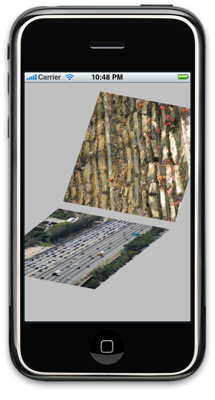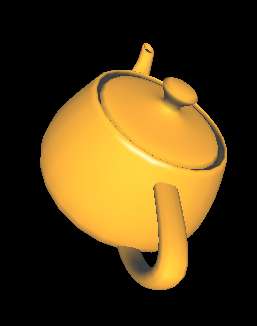15 Years of the iPhone App Store: The Story of Molecules

The iPhone App Store launched 15 years ago, and transformed the way that we make, use, and obtain software. More personally, it had a tremendous positive impact on my life. I had one of the first 500 applications that launched with the store that day, an open source 3D molecular modeler called Molecules.


